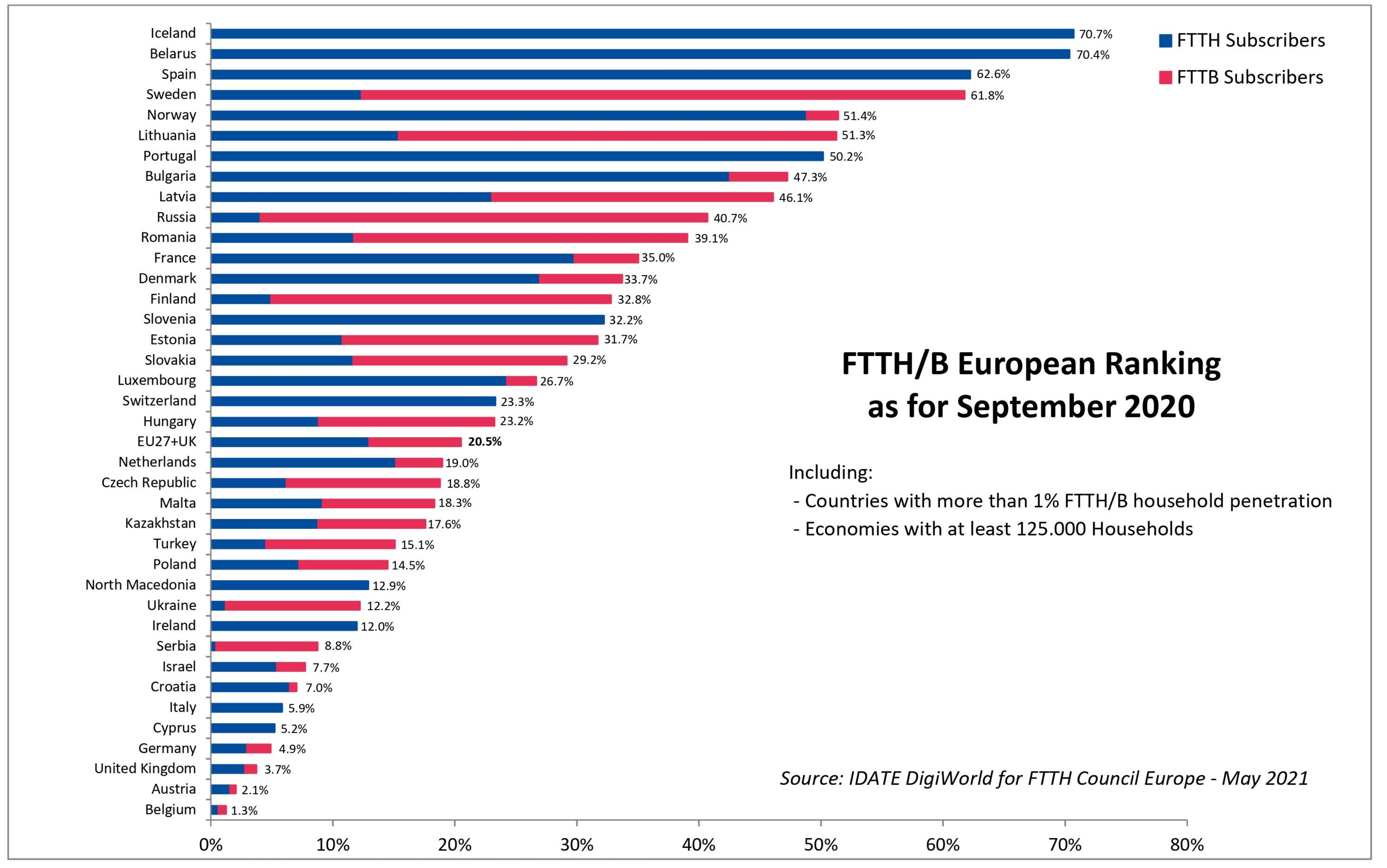Belgian mobile operator Proximus hopes to cover 70% of the country’s households with fiber by 2028, a plan that involves extending the life of its copper-based VDSL, or very high bit-rate digital subscriber line, broadband infrastructure using a technology it has developed in partnership with Nokia.
Nokia’s 2MX6 technology is based on the company’s Quillion chip and, according to Proximus, “allows the servicing of twice as many customers in a single street cabinet, while doubling the speed of broadband Internet and reducing energy consumption.”
“In concrete terms,” Proximus stated on its website, “with a moderate investment, the new Nokia equipment makes it possible to double the maximum potential number of customers connected to a street cabinet, from 192 to 384 users per ROP.”
Nokia’s General Manager of the Broadband Access Business Unit said that because the solution’s design accommodates twice as many customers on a single street cabinet, the need for a second cabinet has become “obsolete forever.”
This is a timely development as just this week, the FTTH Europe Council released the ranking, by country, of fiber penetration, concluding that Belgium barely made the cut for inclusion on the list, with just 1.3% of FTTH household penetration.

The 2MX6 technology has been initially deployed in the city of Andenne, with the expectation of further rollouts in the coming months.
In 2020, Proximus selected Nokia to help it upgrade the Mobile Radio Access network (RAN) equipment, progressively modernizing its existing 2G/3G/4G network by 2023.
The post Proximus, Nokia double speed and capacity of VSDL infrastructure with new tech appeared first on RCR Wireless News.
